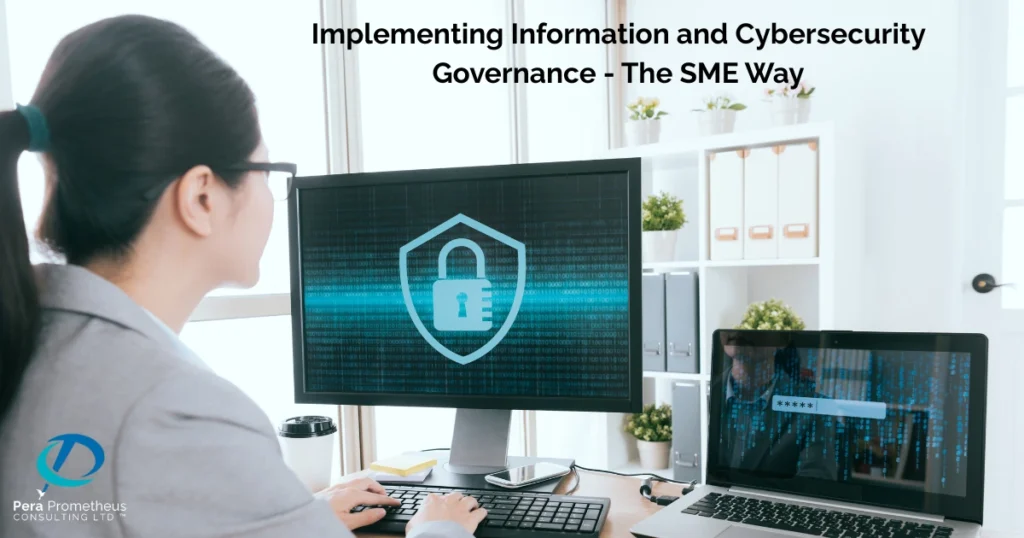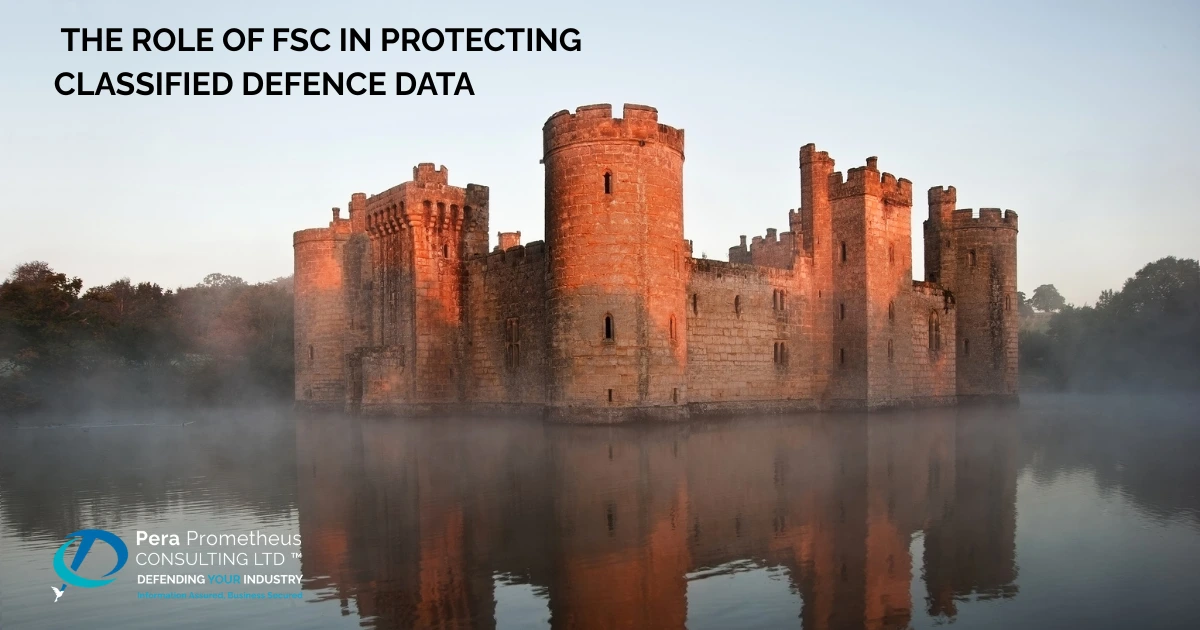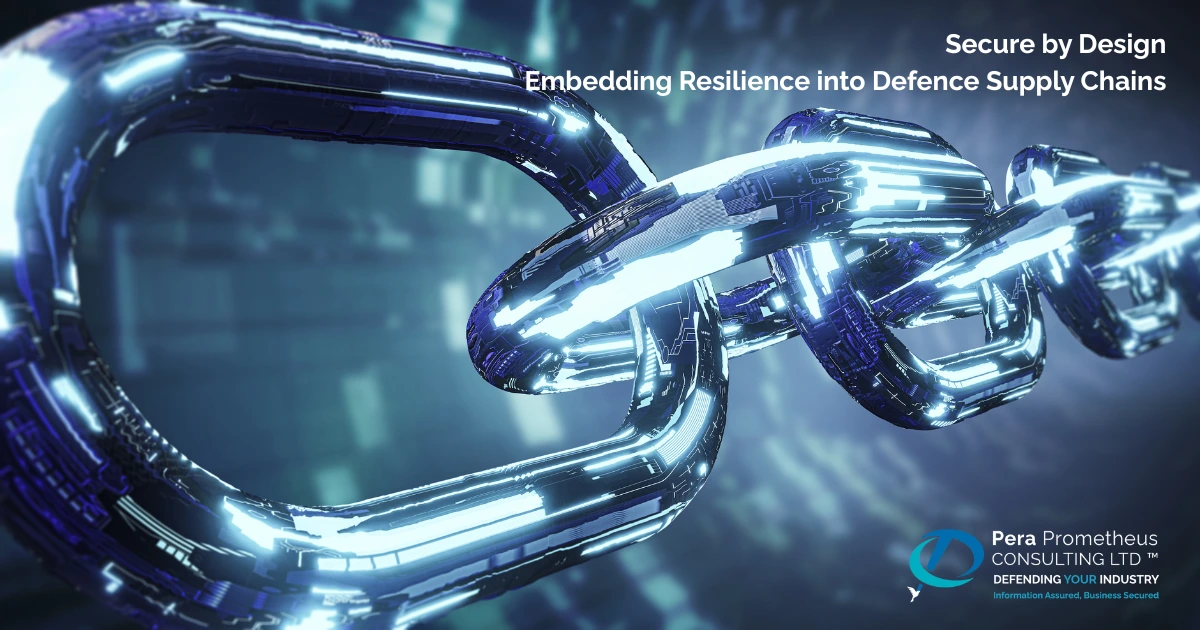Table of Contents
Key Takeaways
- Cyber security governance is not just for big corporations – SMEs should implement it too.
- Cyber security governance is vital for SMEs to safeguard data, build trust, and comply with contractual requirements and regulations.
- Focusing on the right priorities, makes security governance manageable even with limited resources.
- Practical steps like risk management, training, and implementing simple controls can have a major impact.
- Every improvement in SME cyber resilience helps protect the UK’s national security as well as making them more attractive to do business with.
Why Cyber Security Governance Matters
When people hear “information and cyber security governance”, it often sounds like something designed for giant corporations with entire IT departments at their disposal.
For Small and Medium Enterprises (SMEs), the prospect of introducing your own security and governance systems and processes can feel intimidating, potentially expensive, and complicated.
In reality, governance simply means having a clear, agreed way of deciding how to protect your information, assigning responsibility, and checking that your approach is working. The National Cyber Security Centre (NCSC) describes governance as putting in place the structures and processes to ensure security decisions are effective and accountable. The IASME scheme also have some pragmatic and SME friendly advice and guidance to call upon – Help & Resources – IASME Cyber Assurance
For SMEs in the UK defence supply chain, this is about more than just compliance and indicating business health, it’s part of the UK MODs commitment to ensure a resilient supply chain, contributing toward national resilience. A single cyber breach of a supplier could open the door to wider attacks on the broader defence sector.
Good governance is not about endless policies; it’s about understanding the value of your information assets and making sure they are afforded appropriate protection.
The Challenges SMEs Face
SMEs have a unique set of challenges when it comes to information and cyber security governance:
- Limited budgets – there’s rarely a big pot of money for specialist tools or consultants.
- No in-house cyber experts – IT support is often part-time or outsourced.
- Time pressures – Businesses have small teams and everyone has multiple roles making it hard to prioritise security.
- Skills and awareness gaps – Skill gaps mean employees often lack the technical know-how to identify risks like phishing, smishing and social engineering with threats posing a greater impact to a business due to low awareness of the risk they pose.
In many cases, the day-to-day focus on delivering products and services to budget means security is invariably pushed to the bottom of the’ to-do’ list. The result is a “we’ll get to it later” culture which attackers are all too ready to exploit.
Achieving Governance Despite Constraints
When resources are stretched, it’s tempting to put information and cyber security governance on the “manjana” list. For SMEs, especially those in high-pressure sectors like defence , “manjana” can mean “never”, until an incident forces action.
However, governance doesn’t have to be expensive, complicated, or disruptive. In fact, it can be achieved with the same mindset SMEs already use to run efficient operations: focus on what matters most, keep it simple, and make it repeatable.
What Governance Really Means in Practice
In simple terms, governance is the framework that ensures security decisions are made deliberately, consistently, and in the best interests of the business. It’s about clarity, not complexity, knowing who is responsible for security tasks, how risks are identified, and how decisions are approved. For an SME, governance can be as lightweight as:
- A short written policy outlining responsibilities and priorities.
- A monthly or quarterly check-in to review risks, incidents, and changes.
- A culture where staff feel empowered to flag potential issues.
The formality of this approach and accompanying processes can grow as the business matures, but what matters most is starting with clear accountability and visibility. Without governance, information and cybersecurity becomes reactive, handled only when something breaks or a supplier demands compliance evidence. This leaves SMEs vulnerable to:
- Missed risks that no one owns.
- Inconsistent processes that create security gaps.
- Last-minute panic when evidence is needed for a contract.
Governance provides structure. It transforms information and cyber security from a vague IT task into a shared business responsibility. This is particularly important for SMEs working with larger organisations in the UK defence sector, where trust and assurance are contractual expectations.
A Practical Guidance to SME Governance Model
The most effective approach for SMEs is to start small, build momentum, and focus on high-impact areas. Here is Pera Prometheus’ simple guide:
1. Start with a Business Impact Analysis (BIA)
A Business Impact Analysis is a short process that will enable you to look objectively at your Business and determine the value of the information that you store process and transmit on both your own, and your clients and stakeholders behalf. It will help identify your:
- Value of information to your Business.
- Identify and prioritise critical information and systems.
- Identify and prioritise stakeholders and clients valued information.
- Understand your Supply Chain.
- Understand your information business continuity and resilience thresholds.
- Produce a prioritised Information and Cybersecurity Roadmap.
- Identify appropriate information and cybersecurity certifications for your Business.
2. Risk Assessment and Management
Once the BIA is complete, then you can hone in on what assets need to be risk assessed.
Identifying vulnerabilities is the foundation of governance. Without knowing risks like outdated software or weak passwords, SMEs can’t protect their business. Think of this as your security “to-do list”. It’s about knowing:
- What information and systems you have.
- What could go wrong.
- How likely it is to happen.
- What you can do to reduce the risk.
The NCSC Risk management offers a simple, adaptable process. Start with your most valuable assets like customer data, designs, contracts, financial records and work through likely threats. Review risks every six months or after major changes.
3. Implement Change Control
Uncontrolled changes to systems or processes can introduce vulnerabilities. For example, untested software or replacing a laptop can introduce vulnerabilities. This can be managed in a spreadsheet or shared online document, no expensive software needed. A change control process ensures:
- Changes are logged in a shared document.
- Security risks are considered before changes are made.
- Updates are tested and reviewed to avoid new gaps.
4. Use Certification as a Roadmap
At an appropriate point in your business’ life, you may choose or more likely, may be required to achieve a level of certification.
Treat certification as a guide for continuous improvement, not just a badge to win contracts. Certification frameworks provide structure and focus. Conducting the Business Impact Analysis (BIA) will provide direction on what certifications are required. If in doubt, SMEs should seek professional consultancy to ensure correct and necessary certification are acquired, saving time and money. Cyber Essentials, ISO 27001, Defence Cyber Certifications (DCC) are some of the certifications available and which Prime Contractors look for from their suppliers and sub-contractors.
Read more: Information and Cyber Security Certifications; Defence Cyber Certification
5. Build Training and Awareness into Everyday Work
Cyber security awareness is one of the cheapest and most effective defences. Avoid long, infrequent training sessions, instead:
- Deliver short, scenario-based sessions frequently.
- Share real-world breach examples and lessons learned.
- Conduct phishing simulation exercises.
All of the above to relate to your business, your people and how they operate to fulfil their roles.
SMEs that lack the in-house skills can get support from professionals like Pera Prometheus who can offer tailored training and awareness courses.
6. Foster a Security Culture
A security-conscious workforce reduces risks across operations. When everyone prioritises security, from locking devices, complying with a ‘clear desk’ policy to reporting incidents then security breaches become less likely. Security policies only work if people follow them. A positive security culture means:
- Staff understand the “why” behind the rules.
- Mistakes are reported early without fear of reprisal.
- Security is seen as part of overall professionalism and quality.
Encourage habits like locking screens, questioning suspicious emails, using strong passwords and using Multifactor authentication.
7. Plan for Operational Resilience
Governance is also about preparing for disruptions. Understanding how information security incidents disrupt operations helps prioritise resources. Sometimes it may be useful to use professional like Pera Prometheus to conduct the BIA so you will have an expert outsider’s perspective on your business resilience. A BIA helps you understand:
- Which systems/processes are critical.
- How long you can operate without them.
- What backups or workarounds you have.
For example, SMEs should question themselves: If the main system fails, can I switch to a cloud backup? If email goes down, is there an alternative channel?
Read more: Business Impact Analysis (BIA)
How to Embed Governance with Limited Resources
Governance isn’t just for Christmas, it needs to be treated as an ongoing habit not a one-off project. SMEs can build resilience gradually, without overwhelming their people or budgets.
- Appoint a security lead, someone organised, not necessarily a technical expert. It is essential to support your security lead in their staying abreast of the ever changing world of information security. Membership of The DISA (Home | DISA ) or other industry body will help them do this.
- Leverage free resources like the NCSC Small Business Guide. or the IASME Cyber Assurance templates – Help & Resources – IASME Cyber Assurance, for example. Add security topics (Physical security, personnel security, cyber security) to existing governance meetings to ensure security doesn’t become an afterthought.
- Keep documentation short and clear. One-page policies work and have higher chances of being read.
- Automate wherever possible; updates, backups, and alerts.
- Involve everyone, as far as is appropriate, since governance is a shared responsibility.
Some Actionable Steps for SMEs
Even with limited time and money, SMEs can make meaningful progress. Some of the actionable steps are:
- Appoint and support, a “security champion” to oversee activities.
- Keep an up-to-date register of devices, systems, and data.
- Enable multi-factor authentication for all key accounts.
- Have a simple, clear incident response checklist.
- Ensure all devices receive regular updates and patches.
- Check suppliers’ security credentials.
- Conduct a Business Impact Analysis.
- Acquire the necessary certifications, relevant to your business and commitments.
- Share NCSC’s “Top Tips for Staff” monthly.
- Encrypt sensitive files and back up data in at least two locations (one offline).
Contribution to National Security
For SMEs in the UK defence market, strong governance is no longer optional – it’s a frontline defence requirement. The UK government has made clear that supply chain security is vital to protecting critical national infrastructure (UK Government Cyber Guidance). A well-governed SME protects its own business, its customers, and every organisation connected to it. In defence, that could mean safeguarding sensitive designs, operational details, and systems vital to the country’s safety. When hundreds of SMEs adopt strong governance, the collective effect is a resilient, trusted national supply chain.
Conclusion
Cyber security governance is not about red tape or expensive software. For SMEs, it’s about making smart, practical choices and building them into daily routines. By starting small, whether appointing a security champion, using NCSC resources, or enabling multi-factor authentication, businesses can protect themselves and contribute to national resilience.
For SMEs in the UK defence supply chain, these steps are more than good practice; they’re part of a shared commitment to safeguarding the country’s future. Every lock you place on your digital door helps keep the whole house of UK industry safe.




